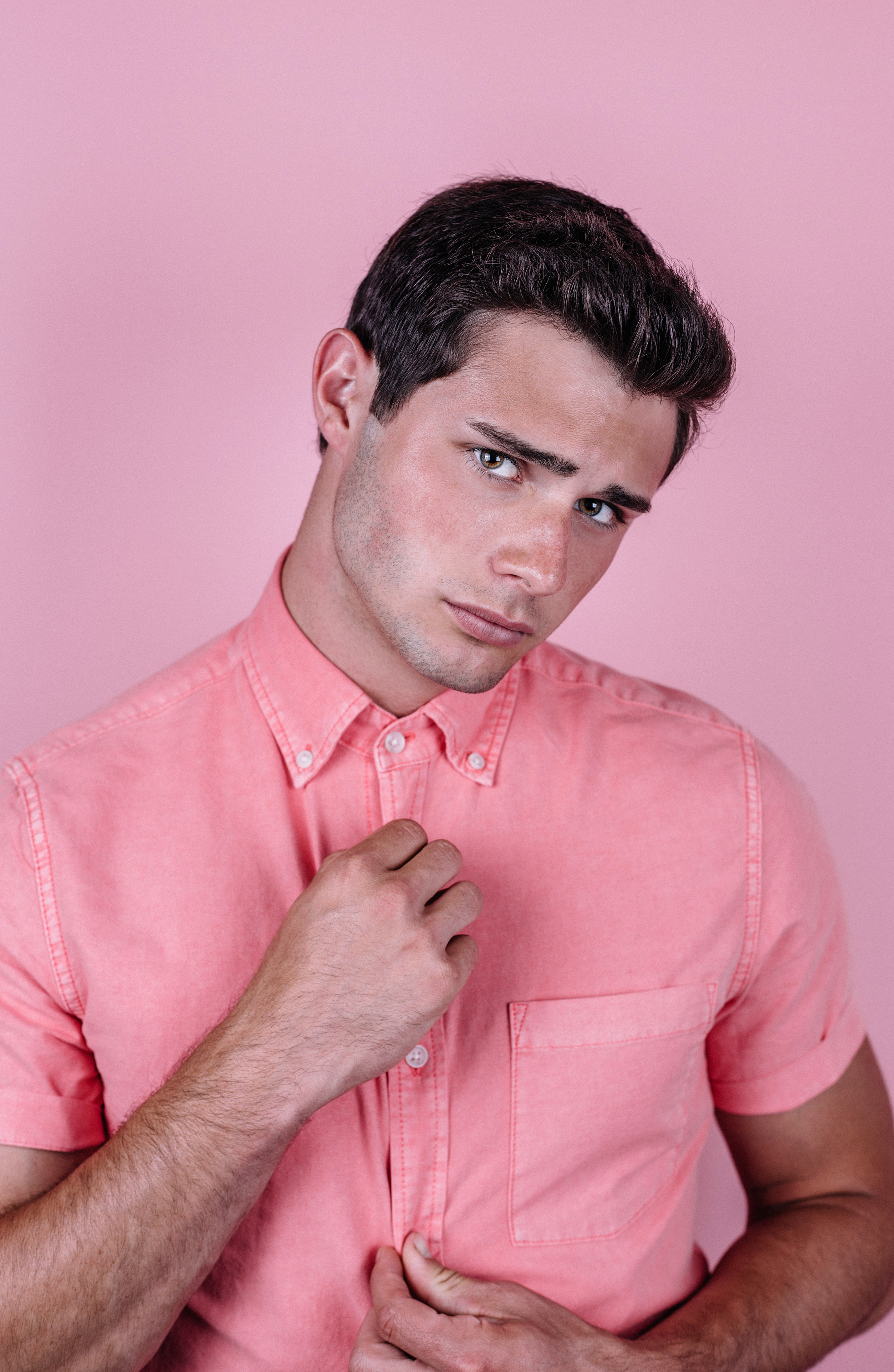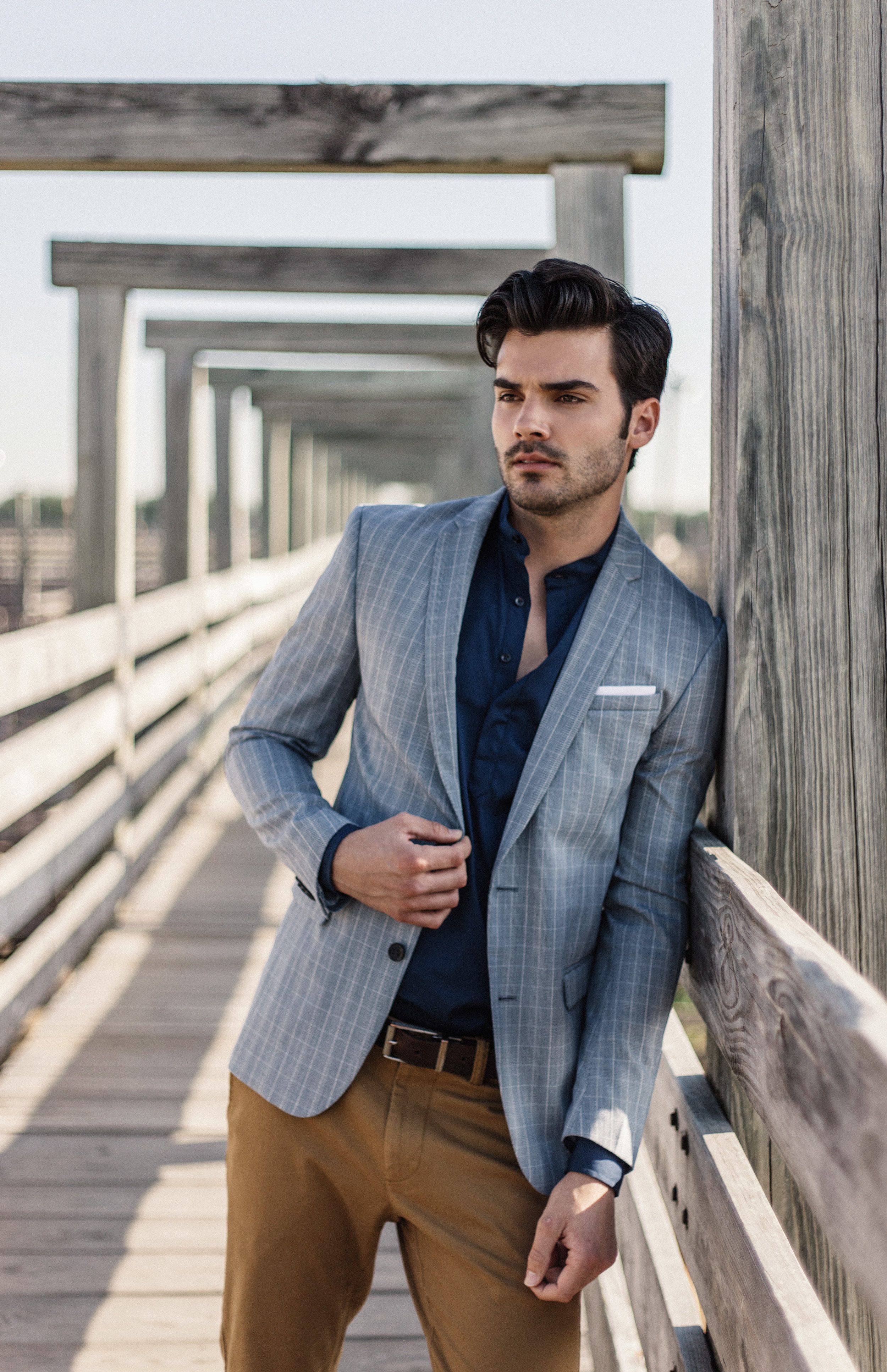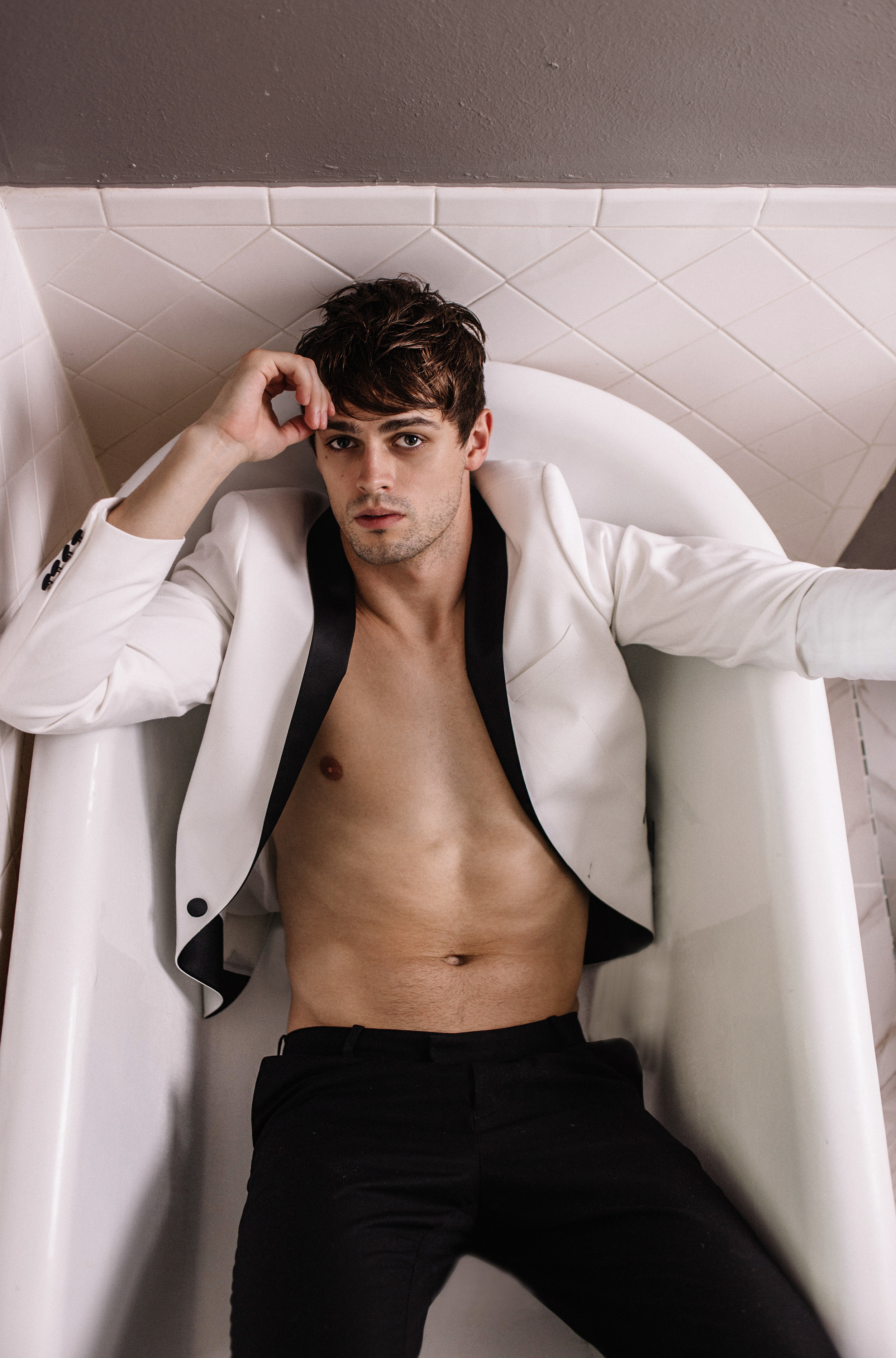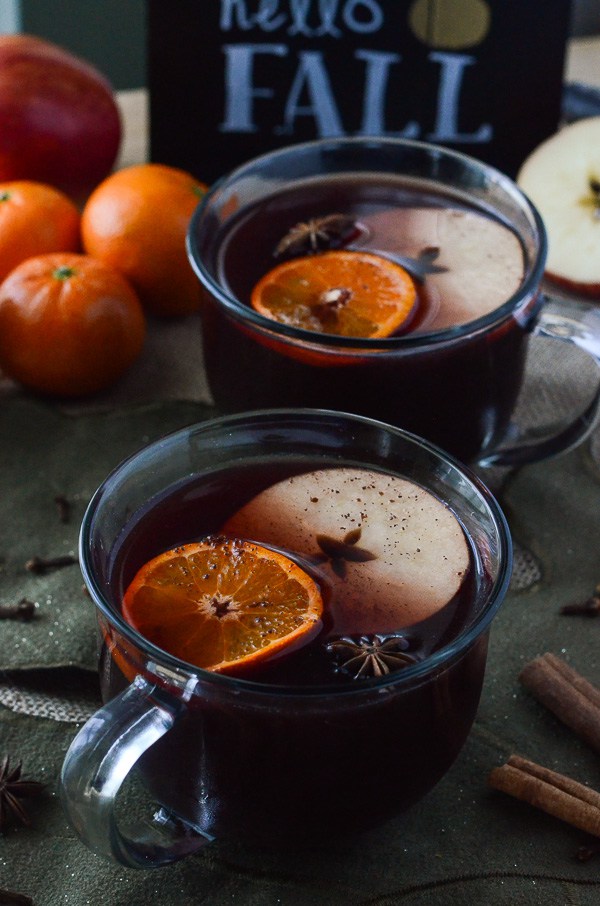A Lifetime of Leather with Duluth Pack
Guest User
In the year 1870, a man named Camille Poirier came to Duluth, Minnesota with a dream of opening a leather and canvas good's store. Over 130 years later, this dream is still alive and growing.
Duluth Pack is the is oldest canvas and leather bag and pack company in the USA. Still located in Duluth, they have not ceased manufacturing high quality, built-to-last canvas and leather bags, packs, and outdoor gear in their century-old factory.
Their quality and values have not wavered or waned since their beginning. Duluth Pack continues to embrace their American made heritage. Not once have they compromised quality for quantity, instead they continue on in the one-customer-at-a-time way of doing business that they have always valued.
Duluth Pack sticks to tradition well as their craftsmen and women have been using the same reliable, timeless artisanal techniques since the beginning of the company. Not only do they cherish their customers, but also their employees. The talented sewers are actually able to sew their name with pride into the high quality product that they have thoroughly hand crafted with skill and precision.
Typical products found other places are built to fall apart and be thrown away. One of the many amazing things about this company is the life time warranty that they offer. It is a guarantee of the longlasting quality of their products.
As they honor tradition, they also have been cutting edge in their designs and keeping up with the times while maintaining the beautiful essence their company carries. There are 15 canvas colors available, along with wool, American bison leather, and an assortment of other American leather products to choose from. No matter the product you are interested in, you can be reassured of the highest quality.
Duluth Pack is special for a myriad of reasons. Their packs carry the power of storytelling and so many memories are made with the packs. Adventure calls when you get your hands on one of these packs.
Their humble beginnings back in 1882 has grown and amassed into a worldwide organization. Products are sold to a global consumer through their flagship retail store in Duluth, MN, their online retail store, and a global network of dealers.
Duluth Pack has extended a 15% discount in the online store for all of those apart of the Folk Family. Go pick out a pack perfectly suited for your next adventure. With so many styles and colors to choose from it is going to be a hard decision. (Personally leaning towards a Burgundy Scout Pack myself)
CODE: FOLK15
Click here to view their website and online store
Follow them on Instagram to share some love with the Duluth Pack team for their generosity and commitment to their customers!
Instagram: @DULUTHPACK
























































































































































































































































































